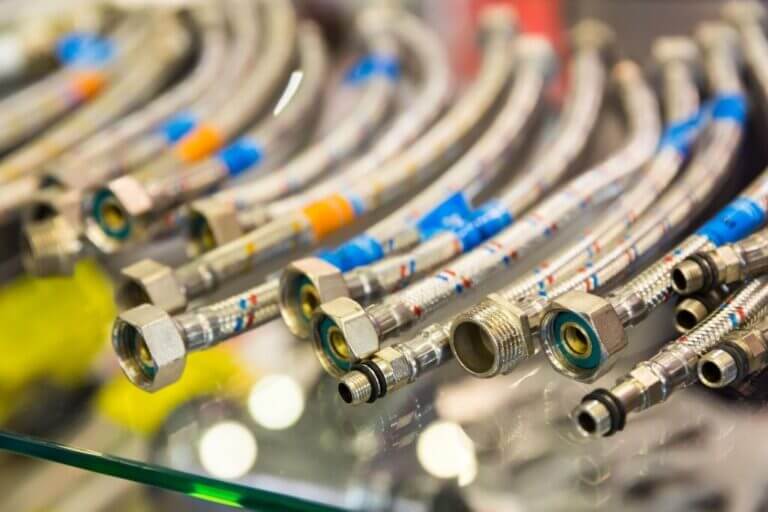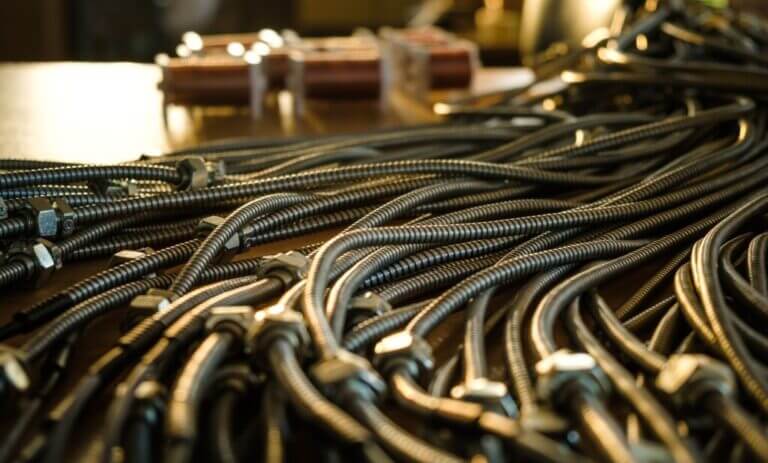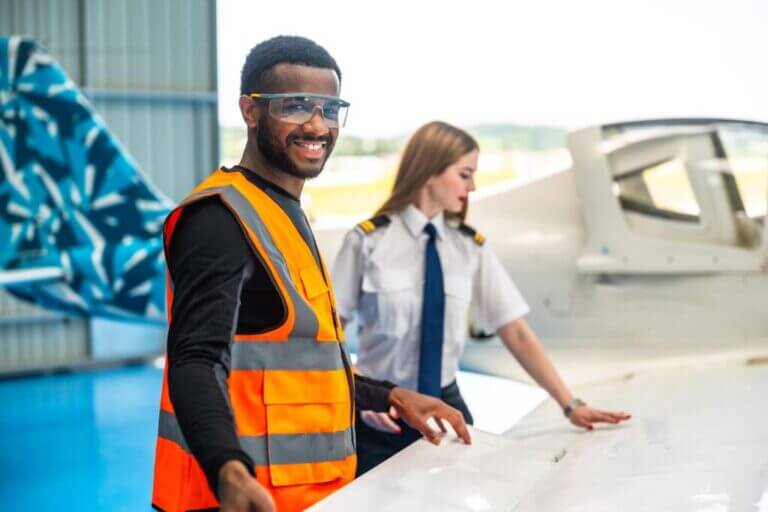When it comes to protecting marine engines, generators, and HVAC systems, the quality of your raw water strainer matters. At Hydrasearch Company, LLC, we’re proud to manufacture and supply Arctic Steel Strainers crafted from electropolished Duplex 2205 stainless steel for unmatched performance in corrosive marine environments.
Designed with the harshest conditions in mind, our strainers combine strength, efficiency, and serviceability. Here’s why Arctic Steel stands above the rest.
Built Tough with Superior Materials
Unlike traditional strainers made from bronze or 316 stainless steel, Hydrasearch Arctic Steel Strainers are precision cast from Duplex 2205 stainless steel, a material that offers significantly greater:
- Corrosion resistance
- Strength
- Resistance to chloride pitting and crevice corrosion
- Fatigue performance under pressure
They also have less galvanic corrosion potential compared to bronze, especially in sulfide rich saltwater, making them the superior long term solution for marine environments.
Robust Design with No Welds to Fail
Each Arctic Steel strainer is cast as a single piece with no welded joints to corrode or crack over time. The solid cast body and lid are electropolished to remove contaminants and enhance corrosion resistance, forming a high chromium passive layer that gives the product its signature shine and long-lasting durability.
Engineered for Flow and Performance
With offset inlet and outlet design, Arctic Steel Strainers create a natural swirl effect that improves air scavenging and maximizes the usable area of the full-height basket. The result? Improved flow efficiency and longer intervals between maintenance.
Flow rates reach up to:
- 2718 GPM at 14.5 PSI for 6″ models
- 743 GPM at 14.5 PSI for 3″ models
- And everything in between for smaller sizes—sized to fit your exact application.
Easy Access, Easy Maintenance
Arctic Steel Strainers are built for marine professionals. Key design features include:
- Tool free access with 5 secure wingnuts and swing-down eye bolts
- Solid or optional clear polycarbonate lids
- High-impact ABS or 316 stainless steel baskets (based on size)
- Cast anode connection point for added galvanic protection
- Drain plug for clean and safe maintenance
- Optional stainless mounting brackets and extension arms
Everything is designed to minimize downtime and simplify servicing.
Available in SISO and BISO Configurations
Hydrasearch offers both:
- Side In/Side Out (SISO): Free standing, base-mounted designs
- Bottom In/Side Out (BISO): Ideal for installations above the waterline or header tank setups
Thread options include BSP as standard, with NPT available upon request to meet U.S. spec requirements.
Why Choose Hydrasearch Arctic Steel?
| Feature | Arctic Steel Strainers | Many Competitors |
| Material | Duplex 2205 Stainless | Bronze or 316 SS |
| Corrosion Resistance | Excellent (chlorides, sulfides, saltwater) | Moderate |
| Design | One-piece cast, no welds | Welded components |
| Access | Tool free maintenance | Often requires tools |
| Flow Efficiency | Optimized with swirl action | Standard flow |
| Support & Accessories | Full line of baskets, lids, mounts | Limited |
Demand the Best. Choose Arctic Steel.
When failure isn’t an option, Hydrasearch Arctic Steel Strainers deliver unmatched durability, performance, and value. Whether you’re outfitting a commercial vessel, military craft, or high-performance yacht, trust the brand that delivers strength, reliability, and performance: Hydrasearch Company, LLC.
For detailed specs, sizing, or to request a quote, visit www.hydrasearch.com or contact our sales team at information@hydrasearch.com.

 Hydrasearch
Hydrasearch


 Your Mission is Our Commitment
Your Mission is Our Commitment


